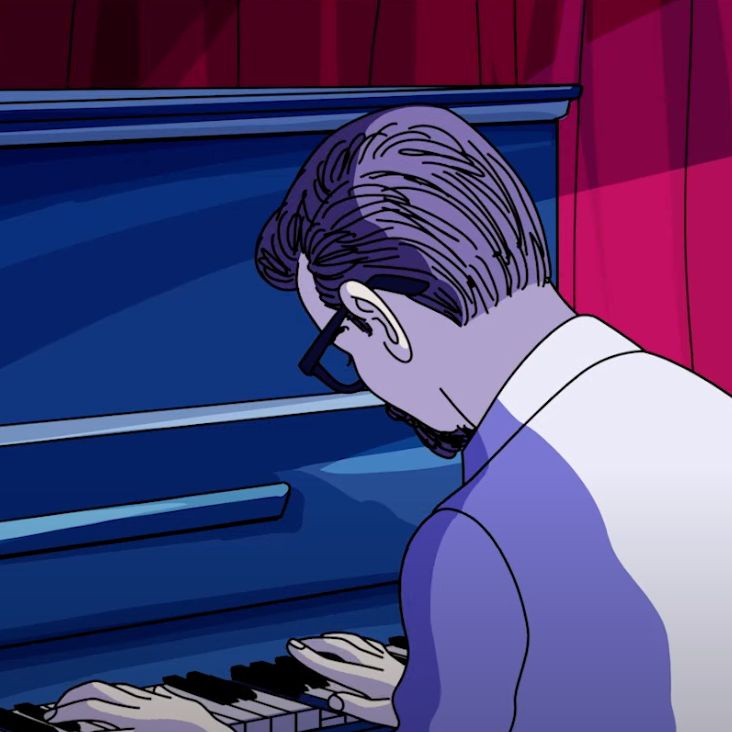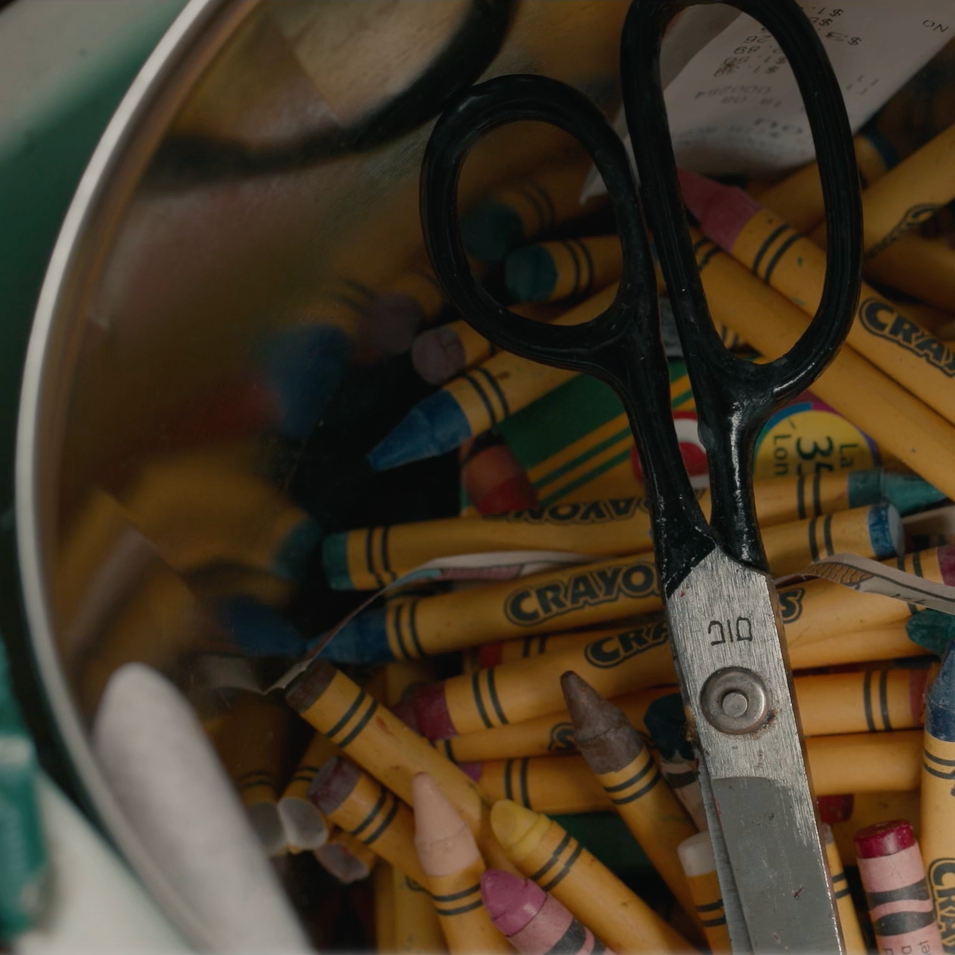The intricately reflexive nature of his work made Bubbles a true original in his day. No previous British designer had produced mass-market graphic communications this playful, personal, freighted with allusion, or tricksy. Bubbles was a
postmodernist before this new category of graphic design had been identified and defined, and he is as significant an innovator as his American contemporary
April Greiman. His designs refer to art history (Mucha, Lissitzky, Van Doesburg, Kandinsky, Picabia, Mondrian, Pollock); to popular culture and kitsch (the wallpaper on Ian Dury’s
Do It Yourself, the shagpile rug on the Attractions’
Mad About the Wrong Boy); to graphic processes and the nature of the printed medium (the color bars on Elvis Costello’s
This Year’s Model, the scuff marks on
Get Happy!!); and — never letting us forget his “anonymous” authorship — to the designer himself. Two of these oblique self-portraits, showing Bubbles’ large nose, are well known (Costello’s
Armed Forces and Dr Feelgood’s
Fast Women & Slow Horses), but there are other graphic faces placed where you wouldn’t expect to find them, such as the image on the copyright page of the “Lives” exhibition catalogue (1979) designed for the Arts Council, and the monumental (block)head in Brian Griffin’s book
Power: British Management in Focus (1981), which could be intended as cheeky substitutes for Bubbles’ inevitably absent design credit. When
The Face asked to photograph him, he made them a picture out of fragments instead.
![]() Barney Bubbles by Barney Bubbles, 1981
Barney Bubbles by Barney Bubbles, 1981
Attempts to hoist Bubbles out of graphic design and claim he was an artist all along do him a disservice by downplaying his achievement as a designer, and denigrate design by implying that anything this good must belong in another category. In reality, Bubbles’ work, like Greiman’s or Saville’s, revealed what can sometimes be possible within applied visual communication, in spite of all the constraints, when a gifted graphic designer finds imaginative client collaborators willing to allow some space to experiment. Compare his work with many
classic late 1960s and
pre-New Wave 1970s record covers: usually they are composed of a single commanding image with the artist’s name and title. Bubbles’ sleeves are graphic constructions, offering multiple points of interest, dispersing the viewer’s attention. He showed that the visual language of design — type, symbol, pattern, shape, often reassembled in unfamiliar configurations — could be a powerful, exciting and subtle medium for involving a popular audience. Although conditions often conspire against such freedoms now, he is a leading figure within the evolution of intelligently reflexive design. Known but unknown. It’s about time the slower moving design history books caught up with him.


 Rick Poynor is a writer, critic, lecturer and curator, specialising in design, media, photography and visual culture. He founded Eye, co-founded Design Observer, and contributes columns to Eye and Print. His latest book is Uncanny: Surrealism and Graphic Design.
Rick Poynor is a writer, critic, lecturer and curator, specialising in design, media, photography and visual culture. He founded Eye, co-founded Design Observer, and contributes columns to Eye and Print. His latest book is Uncanny: Surrealism and Graphic Design.



